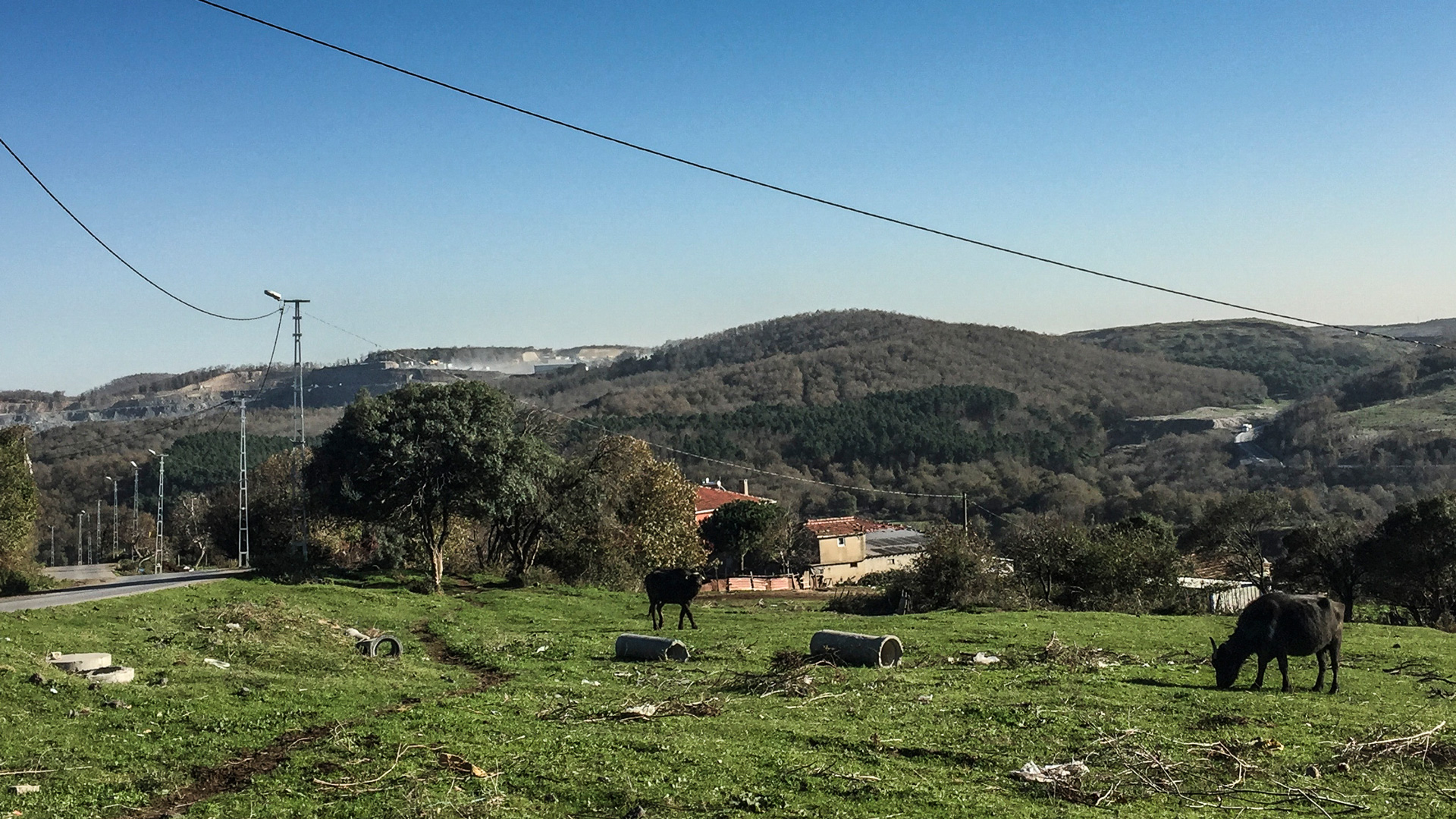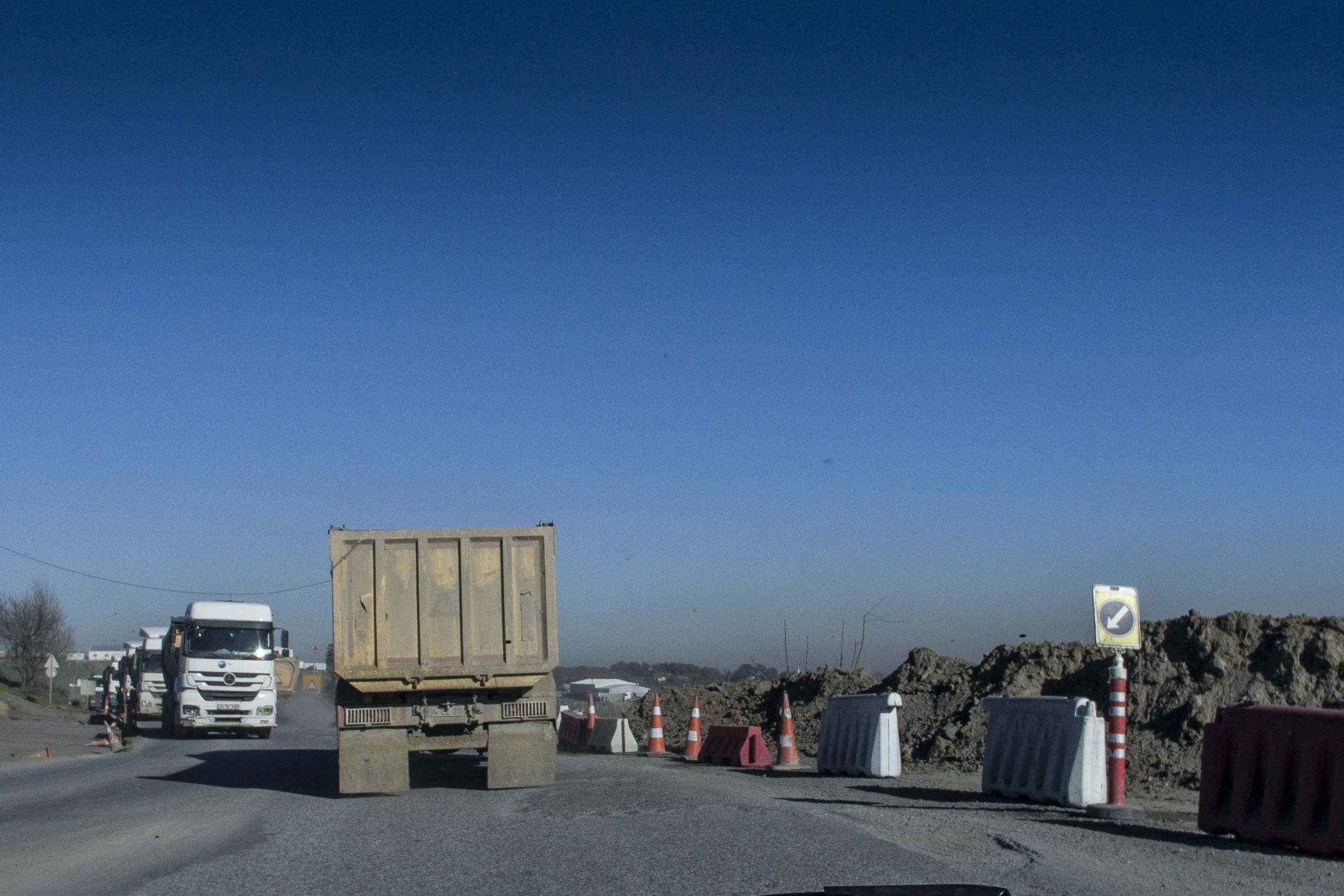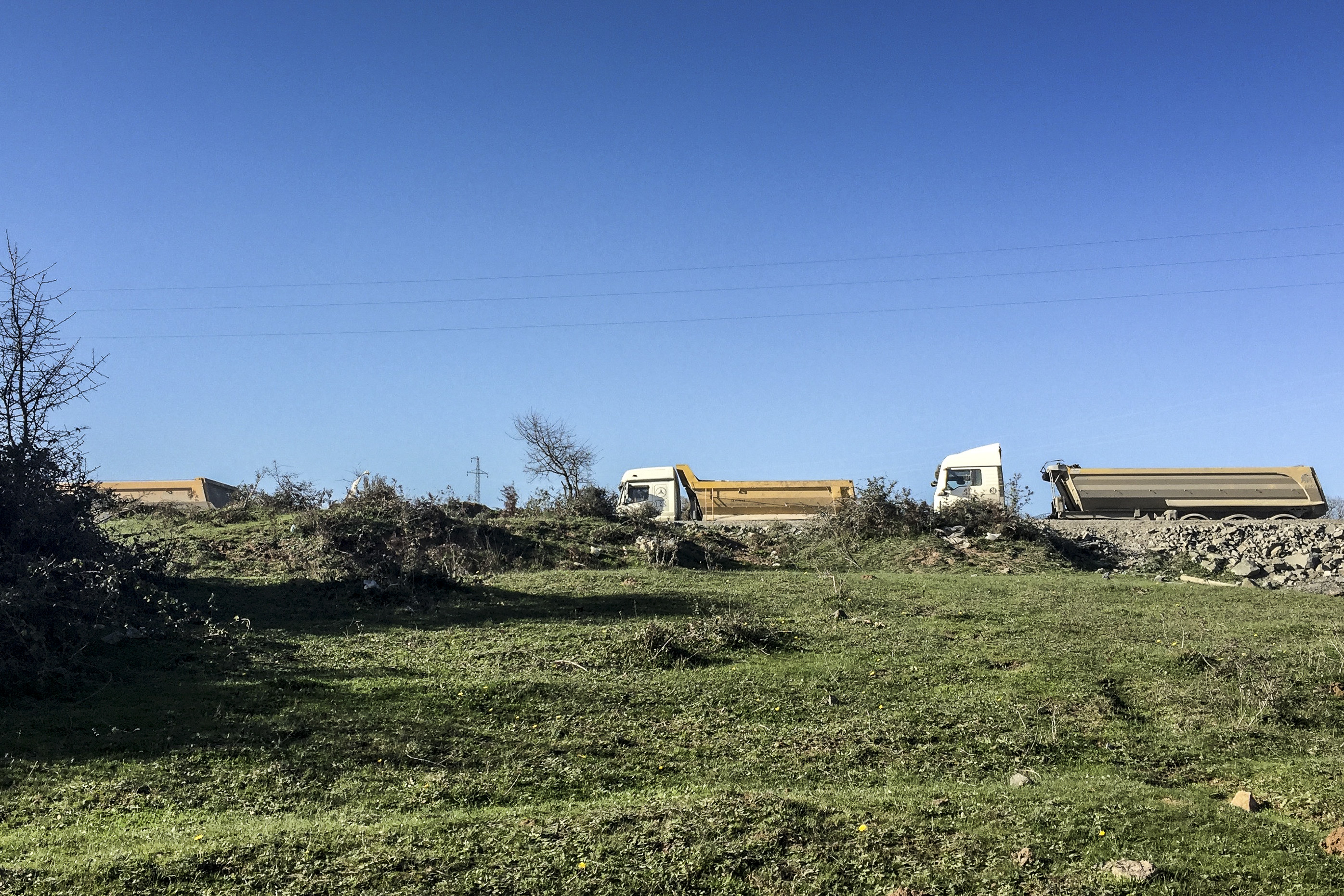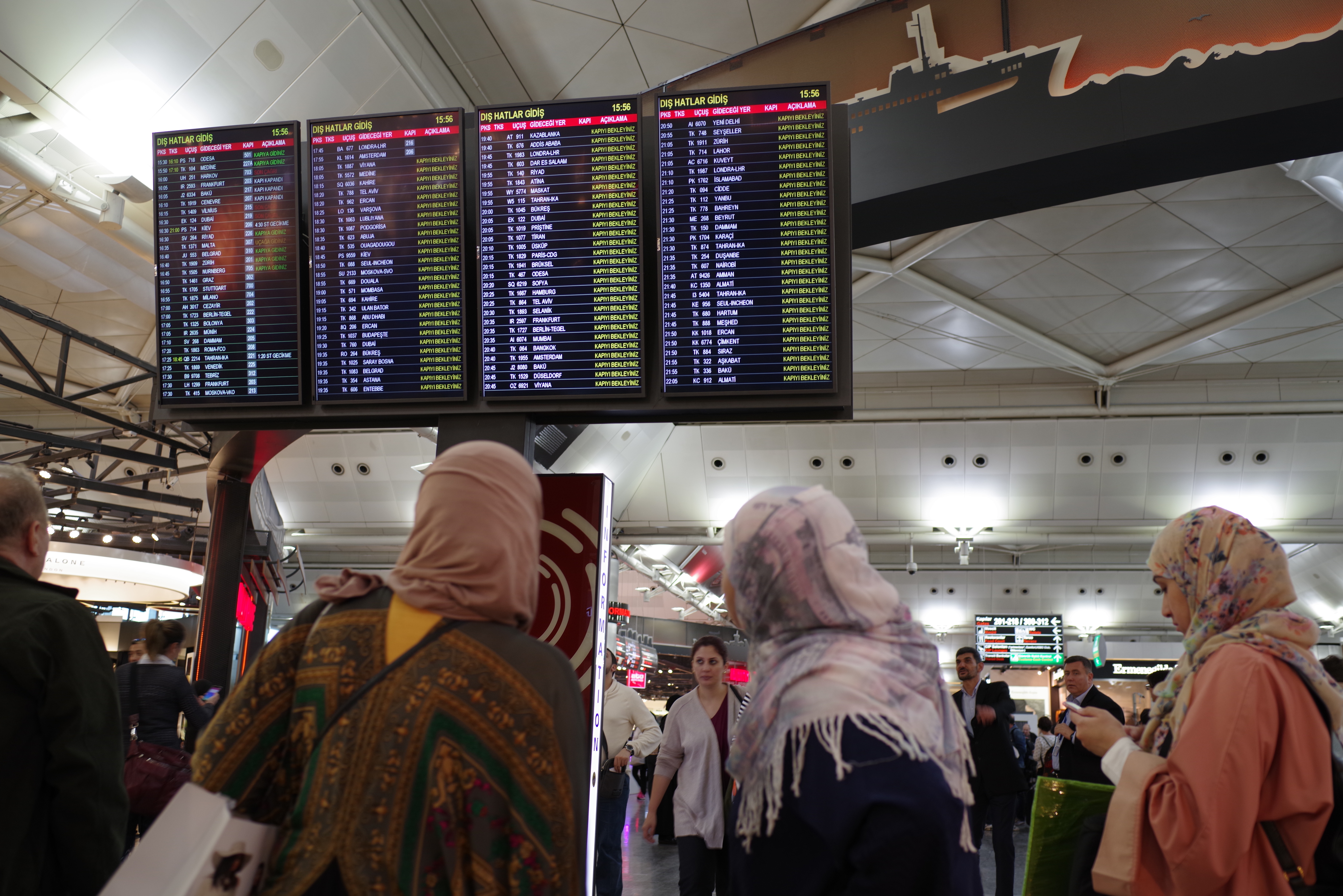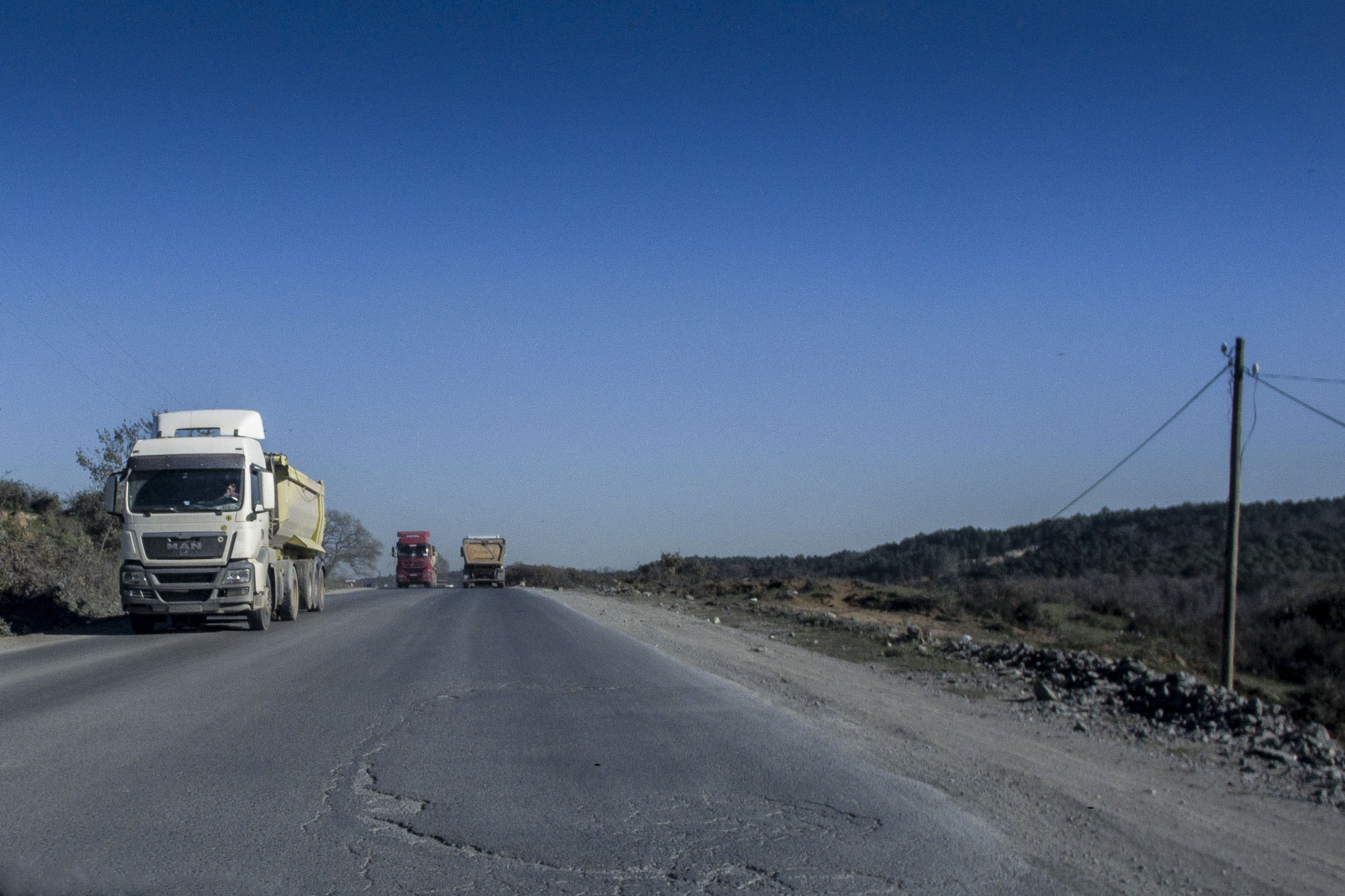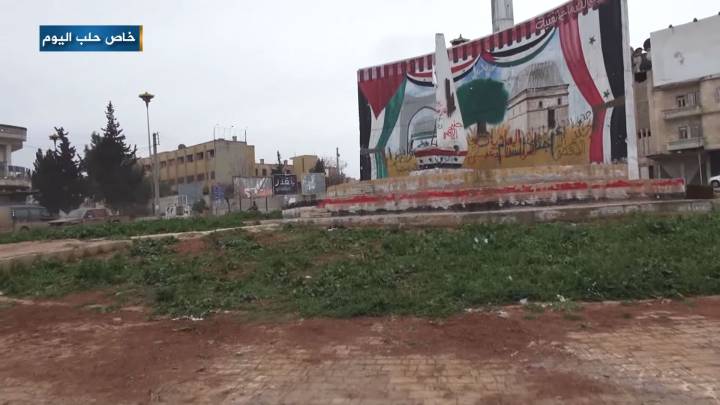With construction underway on Istanbul’s third airport, nearby villagers wonder whether the environmental cost of creating new jobs is too high.
Until recently, Ahmet ran a small shop selling hunting coupons in the Alibeyköy neighbourhood of Istanbul. Most of his clients were local gamers and nature lovers who came to enjoy the Northern Forests of Istanbul. This vast wooded area north of the city, home to numerous species of birds and other fauna, stretches along the coast of the Black Sea. However, when construction on Istanbul’s New Airport – expected to handle as many as 90 million passengers annually once the first phase opens in 2018 – began along this very stretch of land, the wildlife he depended on for his livelihood began to flee.
“[The construction companies] came in and started chopping down trees and draining the lakes,” the stocky 42 year-old says, drinking tea and smoking cigarettes in the central café in the village of Agacli, one of several villages along the Black Sea coast feeling the impact of the airport’s construction. Due to concerns about criticising the government-backed project, he asks us not to use his real name.
“There’s no more wildlife for people to hunt, and no more lakes for people to fish in,” Ahmet continues, lighting another cigarette. “So I had to close my shop.”
Agacli – meaning ‘wooded’ – was named for its lush forests, but locals fear the name is becoming meaningless as construction companies uproot trees to erect giant rock quarries on hill-tops, to supply the materials for the foundation of the new airport.
Environmental concerns
“I’m concerned about our nature, and whether or not it will be able to renew itself,” says Ahmet’s friend Oktan, gesturing towards the highway choked with an endless line of trucks hauling construction rock from the new rock quarries. “Also, the traffic. Already we can barely enter our village, just because of the traffic. There are trucks driving at every hour of the day and night, and it will be like this for a long time.”
Though residents of Agacli and nearby villages tried to stop the project in its early stages (a lawsuit filed by local residents in a regional court was initially successful before being struck down by a higher court), the construction is now irreversible. The airport is set to be built on 7,650 hectares, 6,173 of which are forested land, according to extensive research from North Forest Defence (NFD), a local environmental group which has campaigned against construction of the new airport. More than 300 bird habitats and flight paths will be disrupted, including those of rare raptors such as the spotted eagle.
'It’s like when the white man gives guns to the natives, right?' Ahmet laughs.“The idea behind the airport is that it will carry Istanbul to these northern sites, which at this point are completely covered by green lands, forests and lakes,” says Onur Akgül, an NFD activist. In addition to the airport itself, the final stage of construction will include convention centres, hotels, power plants and other pieces of infrastructure designed to encourage development around the airport.
“They sing a song about employment, but what is going to happen when you place seven million people in this city?” Akgül continues, adding that he believes the additional development will have disastrous affects on the ecosystem and potentially the climate.
“The activists are calling it an ecocide project, but it actually is!” says Rose Bridger, a researcher and author of Plane Truth: Aviation’s Real Impact on People and the Environment. “Aviation is also part of the climate crisis due to construction, and [then there is the impact of] the actual flights.” In addition to threatening local flora and fauna, the construction and operation of the airport will generate pollution and affect the environment in Istanbul and the Marmara region, she believes.
Those pushing the project forward envision the airport as the ideal transit point between Europe and Asia, eventually with six runways, sixteen taxiways and capacity for as many as 150 million passengers annually.However, proponents are attracted to the airport’s grandiose vision, and argue that if Istanbul is going to remain an important global city, its development needs to keep up with that of its competitors. Since 2003, the number of airline passengers using Turkish airports has increased six-fold, surging to 181.5 million by the end of 2015. As Istanbul’s existing international airports – Ataturk International and Sabiha Gokcen International – are criticised for being overcrowded and choked with traffic, those pushing the project forward envision the airport as the ideal transit point between Europe and Asia, eventually with six runways, sixteen taxiways and capacity for as many as 150 million passengers annually.
A great vision for Istanbul?
“The airport shows great vision,” says Atilla Yeşilada, an Istanbul-based political analyst and commentator working for Global Source Partners, a research firm providing macroeconomic and political analysis services to emerging market investors. “The government is planning to attract tourists and visitors and is planning a transfer hub towards Russia and Central Asia, which will display growth in the coming years.”
Other analysts see the project as driven by political considerations rather than pure market demand.Nevertheless, other analysts see the project as driven by political considerations rather than pure market demand. “This is one of the biggest projects in Turkey,” Wolfango Piccoli, a co-president of Teneo Intelligence in London who specialises in Turkey, tells zenith. “But if you look at the consortium which is providing financing for these projects, there is only one foreign bank – a Russian bank. This raises the question: why haven’t foreign banks showed any interest?”
Piccoli argues that without means of raising significant revenue in foreign currency, the airport becomes a financially riskier project given the depreciation of the Turkish lira, which has dropped in value significantly over the past year, particularly in the aftermath of the July 15 attempted military coup in Turkey.
“All of this works when there is easy money around, but this is going to come to an end as interest rates in the US rise, and then in Europe as well,” he continues. “This could leave construction companies that are already in debt in a very difficult situation.”
While the airport is the largest development project in Turkish history, it is not the first to create controversy. The third major crossing of the Bosphorus, the Yavuz Sultan Selim Bridge, which opened in August, was a target of frequent demonstrations against deforestation and allegations that the project was an opportunity for contractors close to the government to profit.
A wider programme of expansion in Istanbul
Yet another major bridge bringing Istanbul and Aegean coastal city Izmir closer together is underway, as is a Eurasia Tunnel linking the European and Asian sides of Istanbul. A giant canal connecting the Black Sea and the Marmara Seas – effectively turning Istanbul into an island city – is currently in the planning stages.
“In reality, this is the model of development that the AK Party has been using since 2002,” Piccolo adds. “The question here is what is the price we pay for these kinds of jobs.”
Back in Agacli, the constant hum of construction trucks is inescapable, and the future of the villages along the Black Sea’s coastline appears to be written on the wall. For all of the outside speculation over whether the new airport is a genuine lifeline to the local economy or a political statement, one thing is clear: to survive in the village, they need to be onboard with the project.
“I have to be honest with you,” Oktan confesses, looking down slightly as he slowly sips his fifth glass of tea. “Last week I applied for a job with IGA [the company building the new airport], and I’m really hoping I get it.”
Oktan’s last job was with the Third Bridge project, where he worked in the mapping department. Though many locals and environmental activists also campaigned against this construction project for uprooting forests and displacing local wildlife, Oktan feels its smaller scale made it less destructive than the airport. But when construction ended, he was left looking for another job.
Though he opposes the airport on ideological grounds, there are few other employment options in the small village. “It’s like when the white man gives guns to the natives, right?” Ahmet laughs, shaking his head and slapping Oktan on the back.
“What can we do? We have to eat.”
